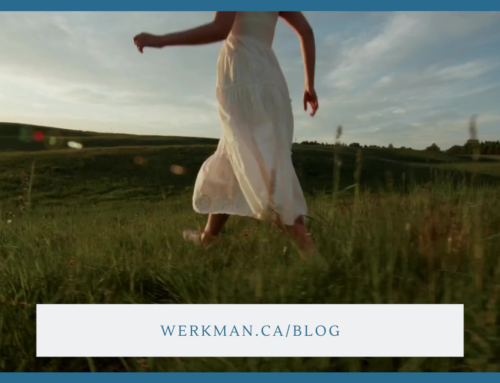Sole Survivors: Conquering Plantar Fasciitis & Heel Spurs
In this blog post, we will delve into plantar fasciitis and heel spurs—an uncomfortable condition affecting many individuals. Whether you’re an athlete, an active person, or someone who spends long hours on your feet, understanding the causes, symptoms, and treatment options for plantar fasciitis and heel spurs is crucial. Our team of dedicated chiropodists has prepared this comprehensive guide to help you gain insights into this condition and learn about effective ways to manage and alleviate your foot pain.
What is Plantar Fasciitis?
Plantar fasciitis is a common foot condition characterized by inflammation and irritation of the plantar fascia, a thick band of tissue that runs along the bottom of the foot, connecting the heel bone to the toes. This condition often causes stabbing pain near the heel, especially upon taking the first steps in the morning or after periods of rest.
What are Heel Spurs?
Heel spurs are bony growths that develop on the bottom of the heel bone, often at the point where the plantar fascia attaches to the heel bone. They can range in size and shape and are typically associated with plantar fasciitis. Although heel spurs may not cause pain, they can contribute to developing other foot conditions, leading to discomfort and mobility issues.
Causes
Symptoms
- Sharp, stabbing pain in the heel or bottom of the foot
- Pain and stiffness after periods of rest, particularly in the morning
- Discomfort or worsening pain after prolonged standing or physical activity
- Tenderness and inflammation in the affected area
Treatment & Management
Plantar Fasciitis & Heel Spurs can significantly impact your quality of life, but with proper treatment and management, you can find relief and regain your mobility. At Werkman, Boven & Associates foot clinic, our experienced chiropodists are dedicated to providing effective solutions for these and other foot conditions. Take the first step towards healthier, pain-free feet by scheduling an appointment with us today.



